Parasite Control Measures
What are we trying to control
Download an information sheet about some of the types of parasites here
There are many types of parasites
The effective control of intestinal worms requires knowledge of the type of parasite, the seasonal climatic variations of your area, the housing and feed sources being used, the management practices of the stable or farm, and the age of your horse.
Like any endeavor, good parasite control requires effective tools, good timing and sufficient knowledge of the problem at hand. It is very important that horses are treated with the right wormer at the right time of the year. This can be achieved with a targeted worming programme.
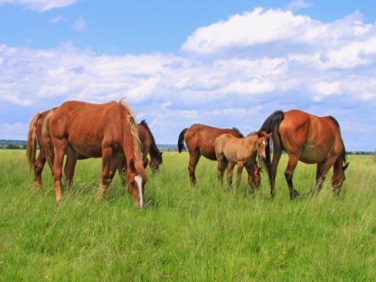
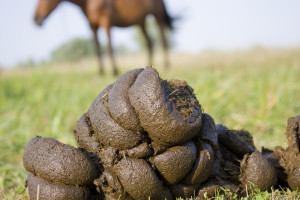
Parasite Control Measures encompass two broad objectives:
-
Minimise your horses' exposure to parasites
-
Reduce parasites inside your horse
You can accomplish this through practical farm management practices and a strategic drenching programme
Eggs produced by an adult worm will be shed in horse' faeces, therefore increasing any existing worm burden on the pasture.
The cycle continues as contaminated pasture has the potential to infect grazing horses
Eggs ingested from infected pasture can develop inside a horse's gut or lungs where they have the potential to cause disease.
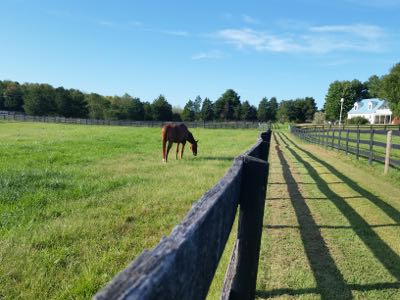
A well-managed pasture will help to reduce the worm burden:
Collect and compost as much fresh horse manure as possible
Prevent faecal contamination in the feed and water troughs
Keep pastures in good shape. The closer horses graze to the ground and old stool piles, the more worms they ingest
Rotating pastures can be an effective management tool
Endeavour to keep stocking rates low. Equine research suggests that the stocking rate for properly-tended pastures in temperate climates is 1 to 3 acres (0.4 to 1.2 hectares) per horse; but this measurement can fluctuate depending on climate, the resources available and pasture management. Well managed pastures can offer horses’ superior nutrition for much of the year.
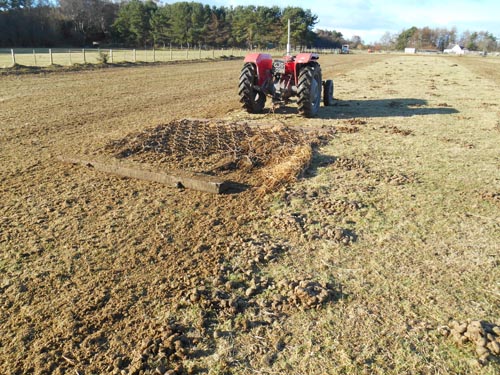
Harrowing Pastures:
Using a chain harrow to break up and distribute manure in hot dry climates can be beneficial by exposing worm eggs and larvae to sun and wind which can kill them.
According to research from Massey University, the temperate climate in New Zealand does not provide the best conditions to rely solely on this method.
In some instances this could actually lead to increased pasture contamination. (Massey University Parasite control research).
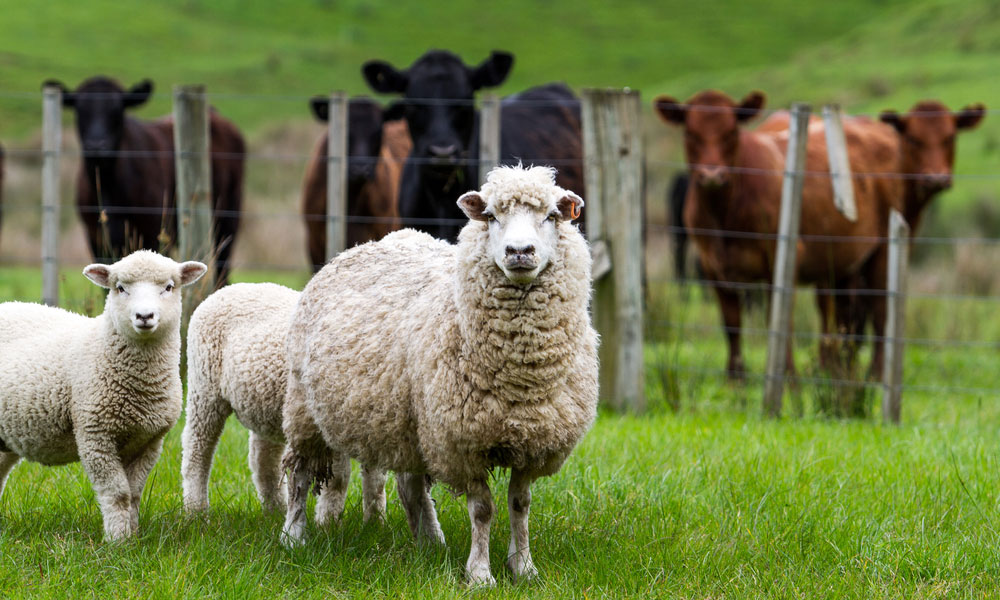
Cross Grazing
Massey research found that the majority of parasites in horses do not infect other animals and vice versa. Therefore, other animals could be used to 'clean up' horse paddocks. The one exception is a worm called Trichostrongylus that also lives in the stomachs of cattle, sheep and goats. However, with the infection being relatively minor in adult ruminants, horse paddocks could be grazed and 'cleaned up' with adult cattle and sheep.
In order to keep worm infection rates to a minimum, research recommends rotating horses to new pasture /paddocks every two to three months. Once horses are moved out, the paddocks can be left empty for two to three weeks; cattle and sheep can then graze for at least one month, or longer.
However, if the grazing area is minimal, strategic drenching of horses regularly will be required. FEC (Faecal Egg Count) testing is a useful guide to help determine the timing of these treatments.

